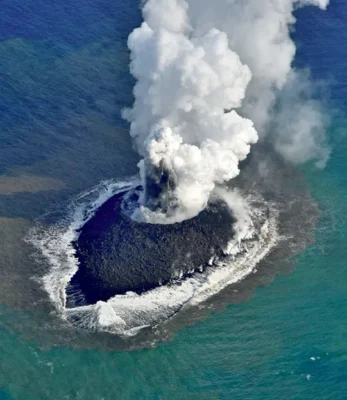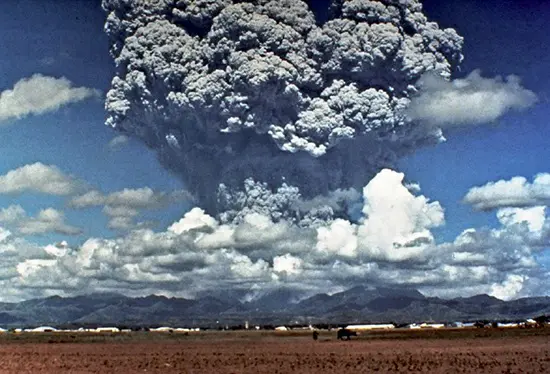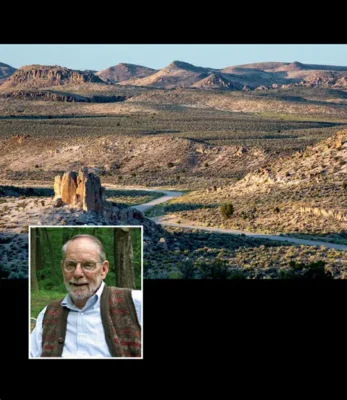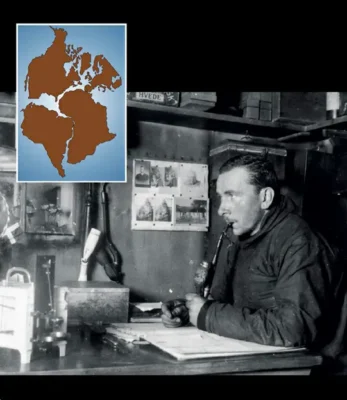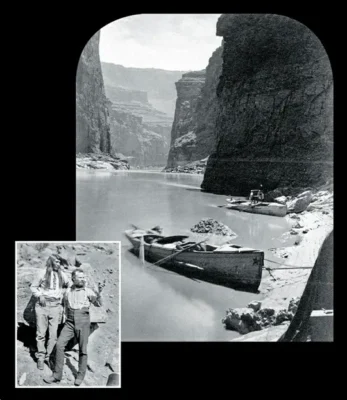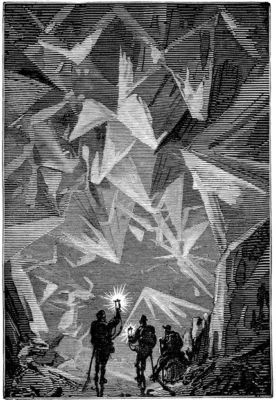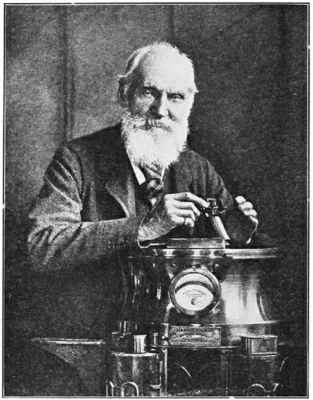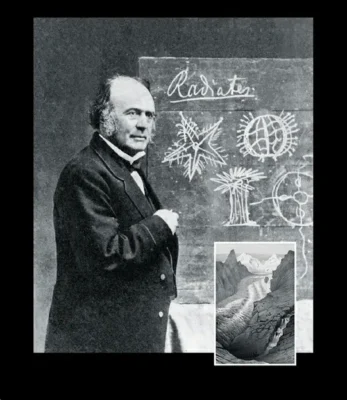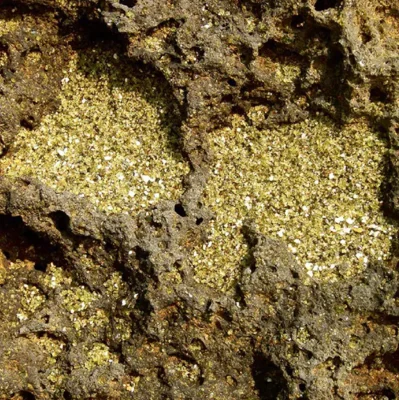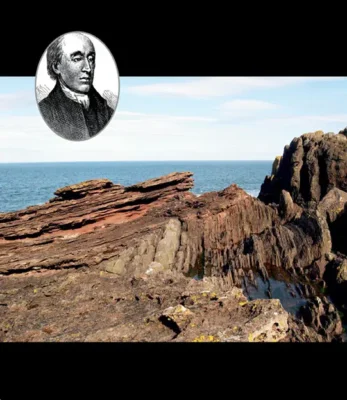Tag Archives: Geology
~100,000-200,000: Exploring Loihi – The Emerging Hawaiian Island
Discover Loihi, an undersea mountain set to become Hawaii's newest island. With a history of seismic activity and significant growth potential, Loihi epitomizes Earth's dynamic geological processes
1991: Mount Pinatubo Eruption – Averting a Major Catastrophe
The 1991 Mount Pinatubo eruption, one of the most powerful of the 20th century, led to significant climatic effects and showcased the importance of timely evacuation and volcanic monitoring in reducing fatalities
1982: The Geologic Story of the Basin and Range Province
John McPhee's "Basin and Range" explores the unique geological formation of the Basin and Range Province in the American southwest, offering insights into its complex history and the role of storytelling in science
1912: Alfred Wegener and the Theory of Continental Drift
Alfred Wegener's theory of continental drift, initially met with skepticism, fundamentally changed geology with the later discovery of tectonic plates
1869: John Wesley Powell – Unveiling the Geologic Majesty of the Grand Canyon
John Wesley Powell's groundbreaking expeditions in the late 19th century illuminated the vast geological history of the Grand Canyon, revealing its intricate layers and making it a central figure in geological studies
1864: Jules Verne – Pioneering Science Fiction Through Geological Wonders
Jules Verne, a 19th-century French author, pioneered the science fiction genre by blending emerging scientific theories with imaginative storytelling, focusing on Earth's geological past and hypothetical subterranean adventures
1862: Tracing Earth’s Timeline – The Scientific Journey to Determine Its Age
William Thomson, Lord Kelvin, initially estimated Earth's age at 20 to 40 million years, a figure debated by nineteenth-century scientists. The discovery of radioactivity led to a revised estimate of 4.567 billion years, aligning with [...]
1837: Unveiling the Secrets of Ice Ages – The Contributions of Louis Agassiz
Louis Agassiz's pioneering work in geology led to the discovery of ice ages, explaining the presence of glacial features in currently ice-free regions. His hypothesis that vast ice sheets once covered much of the northern [...]
1789: Olivine – The Earth’s Mantle’s Gem
Olivine, an abundant magnesium-iron silicate in the Earth's mantle, is key to understanding planetary structures. Its polymorphism and occurrence in volcanic areas, as well as in lunar, Martian, and meteoritic rocks, make it integral to [...]
1788: James Hutton’s Discovery of Unconformities
James Hutton revolutionized geology with his observation of angular unconformities in rock layers, leading to the understanding of "deep time" and laying the foundation for modern geological principles

